You have a business, an audience, products, and services you want to offer, but what next? How do you make sure that you target the right people at the right time to sell your products and services and build awareness about your brand?
Probably the first thing that comes to your mind is a website because that’s the first place a consumer goes to find out about your brand or the products and services you offer.

Today, being surrounded by laptops and mobile phones, our favorite pastime is not to watch television or read books, it is to flip social media applications on our mobile phones.
In 2020, 3.8 billion people worldwide use social media, more than half of the world’s population.
There are high chances that 70% of your target audience is also using social media to stay connected with their friends, run their business, post pictures, or keep up with friends.
These statistics have given birth to and contributed to a rise in social media marketing- a choice than a need in today’s world.
Almost every marketer says be where your customers are, and what better place to be than social media?
Let’s dive deeper into the world of social media marketing and see how it can help boost your brand while digging in some don’ts this industry has to offer.


Social media marketing uses various social media platforms to build your online presence, drive sales and conversions, and engage with your audience.
Instagram, Facebook, LinkedIn, Twitter, and YouTube are among the major social media platforms used for marketing.
To read about leveraging linkedin for social selling, click here
It involves creating relevant content, engaging with the audience, running paid advertisements, and communicating as a brand. This helps break through the clutter on social media and positions your brand as a thought leader.
A go-to place for everyone today, social media is a natural choice to perform marketing campaigns that compels people to buy from you and invest their faith in your brand.
An excellent social media marketing plan not only drives conversions but also makes a special place in the consumer’s heart. This is because, on social media, brands humanize themselves and extend their intent beyond just being a brand that sells products and services.
Being human, establishing meaningful relationships, and listening to the customers is the basis of any brand. It builds trust among the consumers and results in sales.
Since social media is a 2-way communication platform, it just makes brand awareness and communication more manageable and effective.
Read more on steps to personalize a brand and secure customer loyalty here
Let’s see why social media marketing is vital for your brand in 2020.
“You can buy attention (advertising). You can beg for attention from the media (PR). You can bug people one at a time to get attention (sales).
Or you can earn attention by creating something interesting and valuable and then publishing it online for free.”
– David Meerman Scott (Online Marketing Strategist)
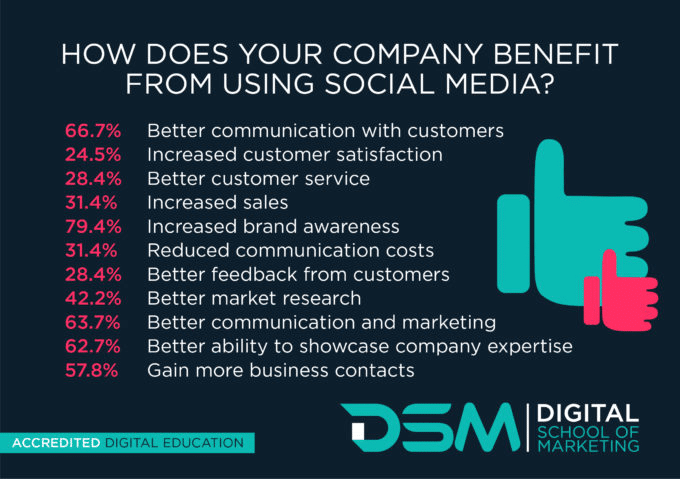
According to the Big Cafe Digital’s survey, 67% of marketers believe that social media will increase their revenue.
Now that you know probably have an idea about why there’s so much buzz about social media marketing,
Let’s explore how it can benefit your brand:
1. Increase brand awareness
To make a difference and start your business journey, you need to be visible and in front of your audience. This is because if you’re not visible, people can’t be your customers, and the best place to build and boost your brand presence is social media.
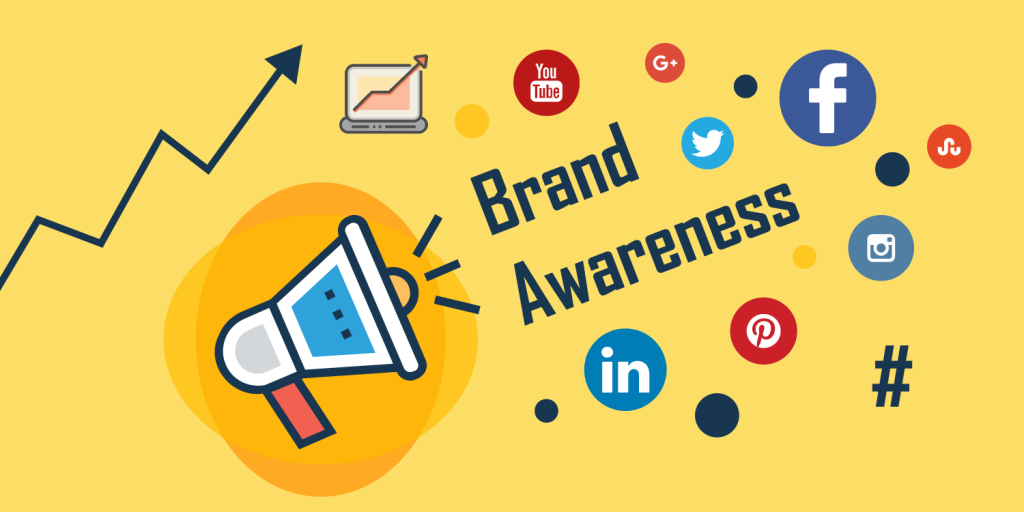
Since it’s different from traditional media and can get you quickly in front of your audience, you can build a customer and follower base in no time if you follow a social media strategy.
It builds your presence, and with constant efforts, scales your business.
The key here is to represent your brand to the fullest right from establishing your brand identity and tone of voice to make sure that even when you’re not active, your brand recall value is so substantial that your audience remembers you.

On Twitter, Zomato India defines its messaging and identity, appropriately creating awareness about its brand values.
2. Engage directly with your audience
Brands often mislead their campaigns because they don’t know their audience, and hence, they don’t know how to sell to them.
But there’s nothing better than engaging with your audience, being a part of their daily activities, and building trust along the way such that you don’t have to sell your products and services. They sell themselves.

Social media is a platform where you can come down as a brand, interact directly with your customers, and take part in trends to strike a conversation.
Use social listening to understand your audience, identify their problems, and communicate the solutions in a language and tone of voice they know.
It’s not shocking that the brands who are investing their time communicating with their audience, listening to them, and engaging with them through content, giveaways, and moment marketing are performing so well.
The more you engage with your audience, the more chances there are to convert them into customers.
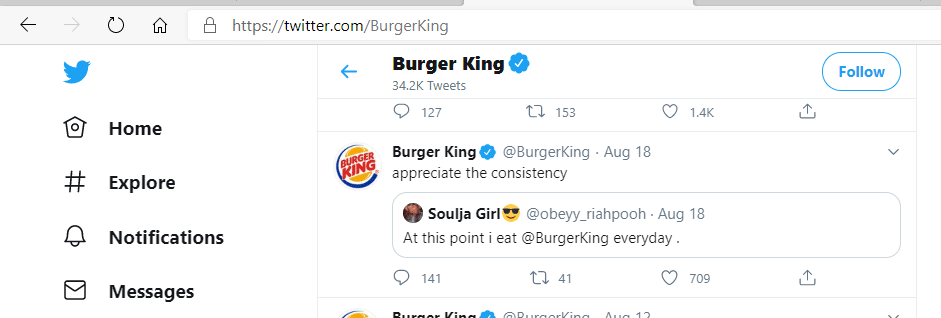
Burger King engaging with their audience by retweeting their tweets with humorous replies is a great example.
There’s nothing better than knowing your audience and catering to their interests. Not only will this strengthen your relationship with them, but it will also make them feel wanted.
This will contribute to brand loyalty, as well.
3. Communicate your brand story
Every brand has a story that communicates its mission, values, belief system, and behind-the-scenes efforts. This story makes your brand human, and if you can share this story with your audience, they will see the vulnerable side of your brand, one that makes it human.

We’re surrounded by stories all the time, be it bedtime stories or your grandmother’s childhood stories. It evokes emotion and helps us relate better to the person and the situations such that we imagine ourselves in that position.
If you want to communicate with your audience, so they understand the What, How, and Why of your brand and relate with it better, sharing your brand story is the best way to go about it.
Your story determines how customers will remember your brand. It is what separates you from a pool of people doing the same thing as you.
This distinguishing factor is unique to your brand, and how you communicate it to your audience can make a world of difference in customer perception.
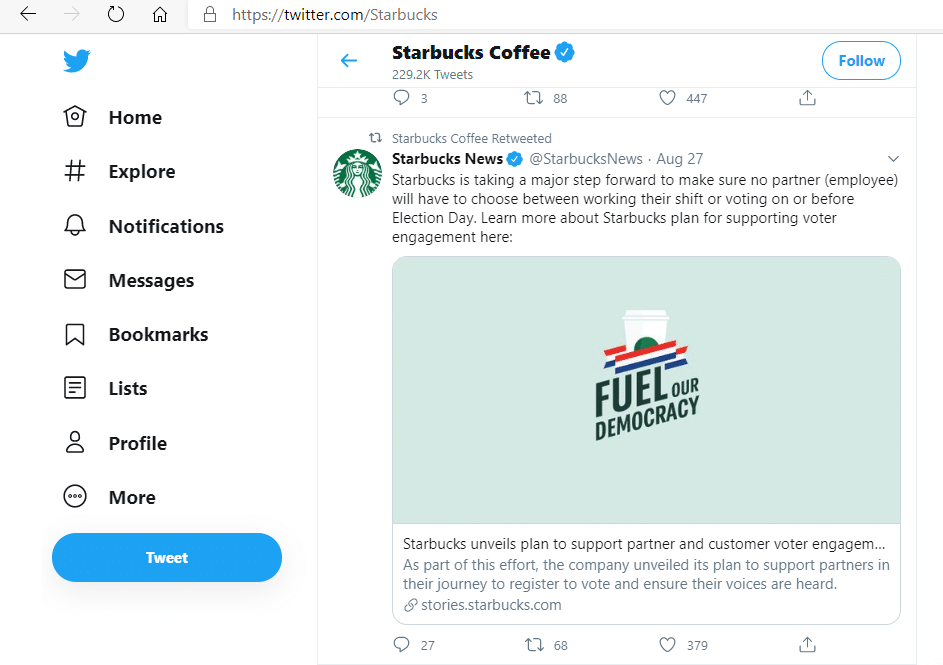
Starbucks talking about its employee reforms for elections, tells the behind-the-scenes aspects of their brand, which speaks a lot about them as a caring brand. Employee branding is also a part of the brand story.

4. Increased conversions

It’s not surprising that once you position yourself the right way on social media, it drives traffic, but does all that traffic matter if you’re not converting your audience into paying customers?
Likes, comments, and shares are great vanity metrics for social media as they tell you about audience behavior. The more your audience engages with your content, the more it boosts your social media presence. But for your brand, one of the most critical metrics are conversions.
Adding call-to-action buttons (CTAs), hosting contests, influencer outreach, and ads are some ways social media can help boost your conversions.
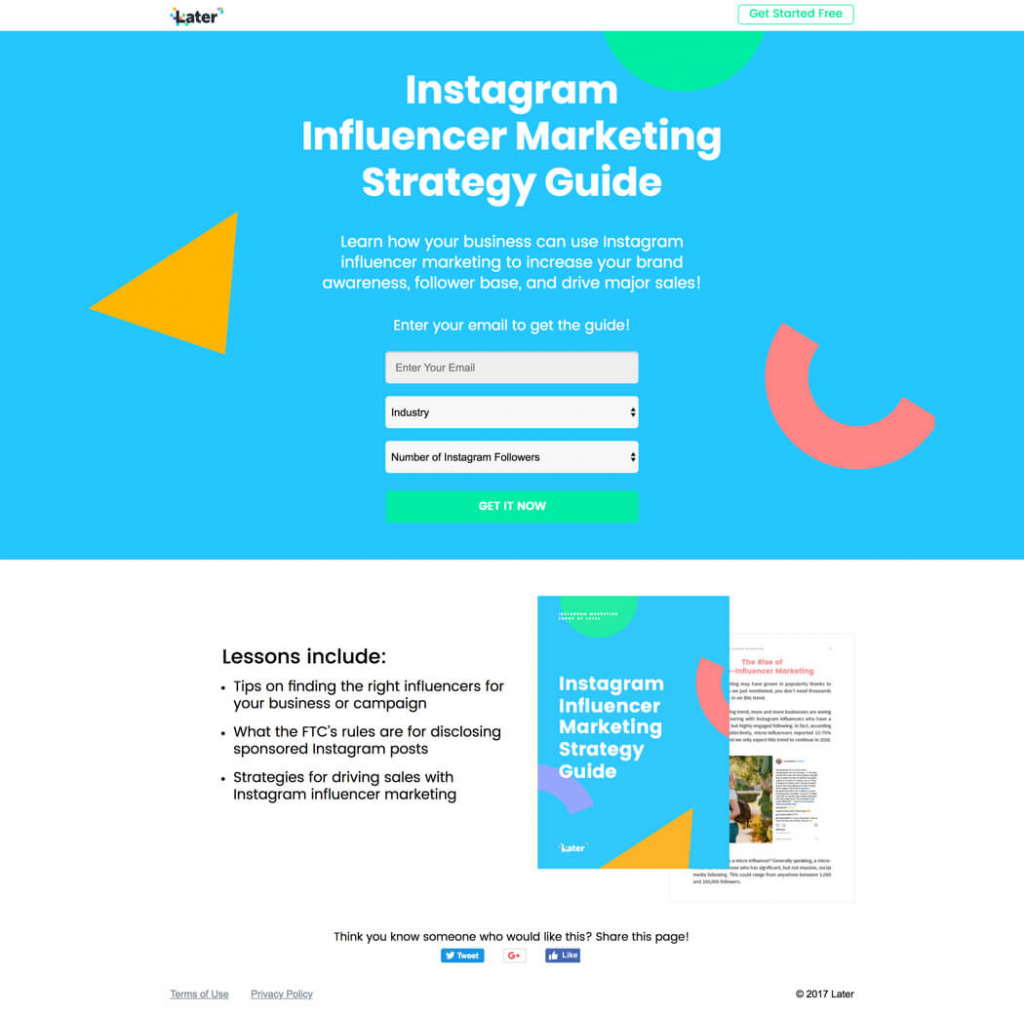
If your content compels the audience to visit your website from time to time, it can also contribute towards conversions.
People don’t want to be bombarded with sales ads and promotional posts all the time.
Still, if you’re communicating the right way, putting out valuable content, and from time to time engaging in activities that aim at selling your products and services, it won’t harm.
Chances are you’ve probably built such a significant social media presence that when you target them with promotional activities, they trust you enough to invest in your brand.
And this is how you can successfully drive conversions through social media, too.
5. Improve brand loyalty
When you build a presence on social media, it’s easy for your audience to find you.

Let’s face it; not everyone searches on Google. Given the current scenario where everyone spends some time on social media every day, they might look for you there as well.
An interesting finding by Convince & Convert points out that 53% of customers who follow brands are most likely to be loyal customers, and what’s better than building a base of loyal customers for free?
If your audience follows you on social media, likes your content, and you, on the other hand, regularly engage and provide value to them, you establish a 2-way communication.
Since they follow you and stay up to date with your page, they’re more likely to choose you over your competition when it comes to investing money, and hence you build loyal followers.
But once you have loyal customers and followers, it’s essential to retain them as well, for which you need to continue adding value to them.
If you take them for granted, not only will you lose followers but also potential customers.
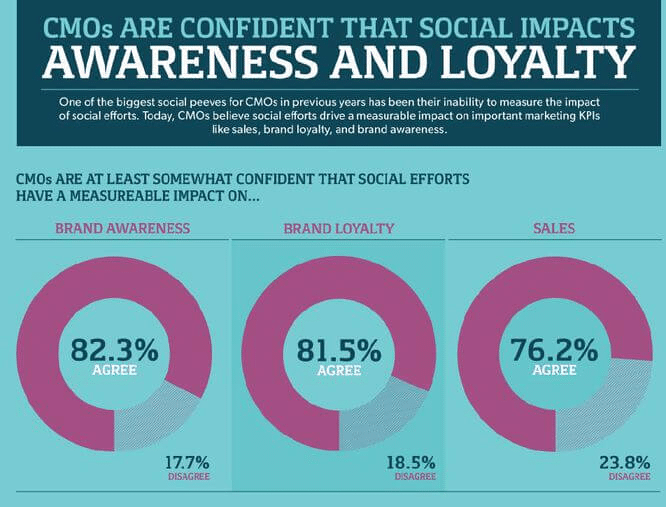
You offer value in return for investment and loyalty. An interesting finding by Customer Insights Group indicates that social media dramatically impacts brand loyalty.
6. Increase in traffic and SEO ranking

When you share content on your social media profiles, you give your audience a reason to click on your website.
If you’re giving them value-based content that starts a conversation and solves their pain points, they will be intrigued to find out more about what you do, thus clicking on your website.
Moreover, when you share blogs or offer a lead magnet like an eBook or a guide, your social media traffic gets redirected to your website, generating inbound traffic and high chances of conversions.
Given the buzz around social media and its importance, it’s not surprising that it contributes to SEO ranking.
Yes, blogs and website optimization work significantly for SEO, but having a strong social media presence means that your content is relevant.
It indicates that people are engaging with it and are successfully benefitting from it.
This pushes your SEO ranking because Google wants to show your audience what’s most relevant for them and which website can provide the best information on a particular topic.
Thus, social media also helps you increase your website traffic and SEO ranking.
All in all, if you’re a brand, then social media is your go-to place for both converting your audience into customers and for building awareness about your brand. It can also be used to provide an enhanced customer service experience to your customers.

Forever 21 has a website link in their Instagram bio, which redirects the user to their website. They have used a very smart CTA here, asking the users to buy their Instagram feed.
Now that you know how important social media marketing is for your brand and businesses in general, you must be wondering that if everyone is doing this, why aren’t they succeeding?
- Why do some brands have a stronger presence than others?
- Why are your competitors doing better than you?
- Why isn’t everyone benefiting from social media equally?
Like any other marketing form, social media marketing also follows a strategy based on your business goals, objectives, products, services, and target audience.
No matter how effective social media marketing is, you’re bound to make some mistakes along the way if you’re doing it for the first time.
But if you’re aware of the things you need to pay attention to and ones which you cannot miss, you can prevent making those mistakes and set your social media game on the right track from the beginning.
Let’s discover the social media marketing mistakes you certainly must avoid making:
1. Working without a strategy and action plan
If you want your social media marketing to show results and justify your invested efforts, you need a social media marketing strategy. This strategy should not be the one you find online in a template but tailor-made for your brand.
Often brands overestimate the need for a social media presence, make a profile, throw some posts here, and some stories there. After this, they disappear, making their profile a barren land and their followers lost.
This is extremely harmful to the brand because you don’t want to lead your customers on; attention comes at a price.
Don’t begin your marketing efforts before you have a fail-proof social media marketing strategy. There should be a concrete plan of action for every step you take on your social media profiles.
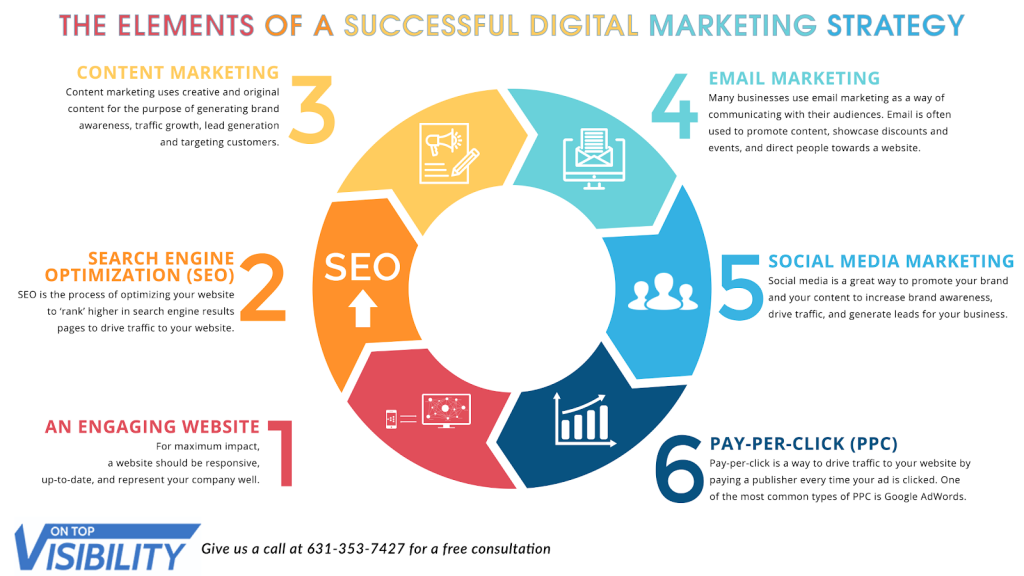
You can use marketing management software like Monday to put your goals into action.
Here’s what you should include in your strategy:
- Brand goals which define what you want to achieve on social media
- Target audience research to understand who you’re serving
- Social media tactics which involve your action plan for content creation, promotion, distribution, and audience engagement
- Money and time investment to decide how much time you will spend on marketing
- Social media team to divide work and chalk out who is responsible for what, so the process is efficient and effective
Without a strategy in place, your social media efforts will fail and not yield results. This is because social media is a crowded space, and if you want to stand out, you need to put in your efforts and plan, execute, and analyze it.
Make your strategy fail-proof by including rescue measures if any of your campaigns fail because everything on social media spreads like wildfire, and you don’t want your brand to get caught up in it.
Planning ensures things are under control while maintaining clarity about your messaging and intentions focused on achieving your brand goals.
Your social media team responsible for executing the strategy must be clear on your expectations and motives.
This is because a misalignment might cause a crack in the plan, which you cannot afford since your brand’s reputation is on the line.
Hence, we can say that having a well-defined strategy is one of the prerequisites for doing social media marketing.
You can also use proposal templates to keep your plan steady and increase its chances of getting approved by your c-suite executive in the brand.
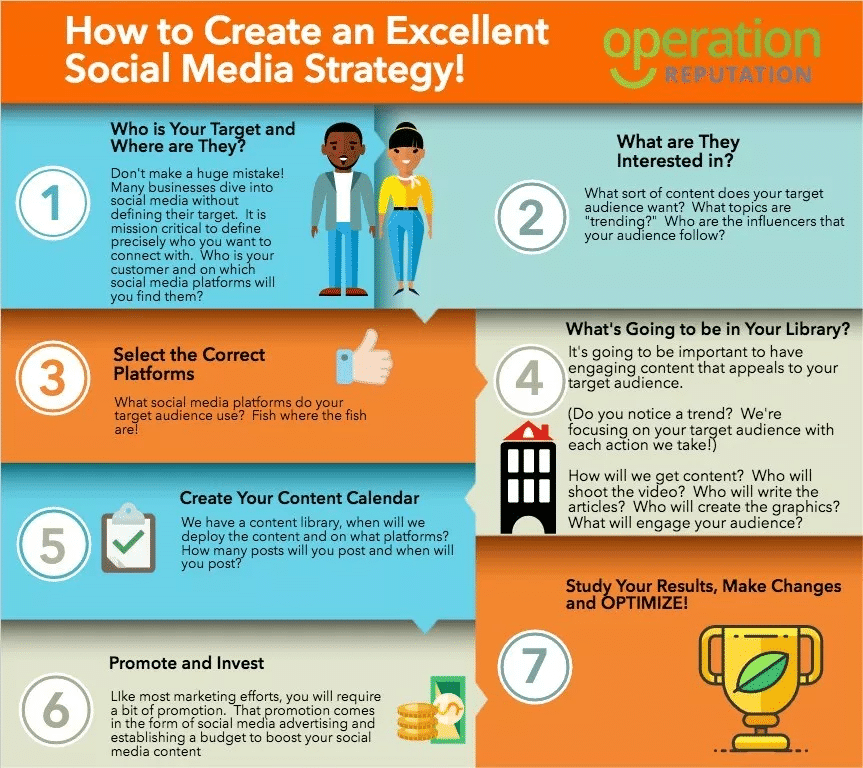
This social media strategy infographic by Operation Reputation will give you an idea about drafting your strategy.
2. Not figuring out who your target audience is
Assuming that your audience is everyone is probably the biggest mistake you can make on social media.
Every brand has a different audience, and identifying and serving that audience is extremely important for social media success.
The platform, tone of language, content, and engagement method varies with different types of audience.
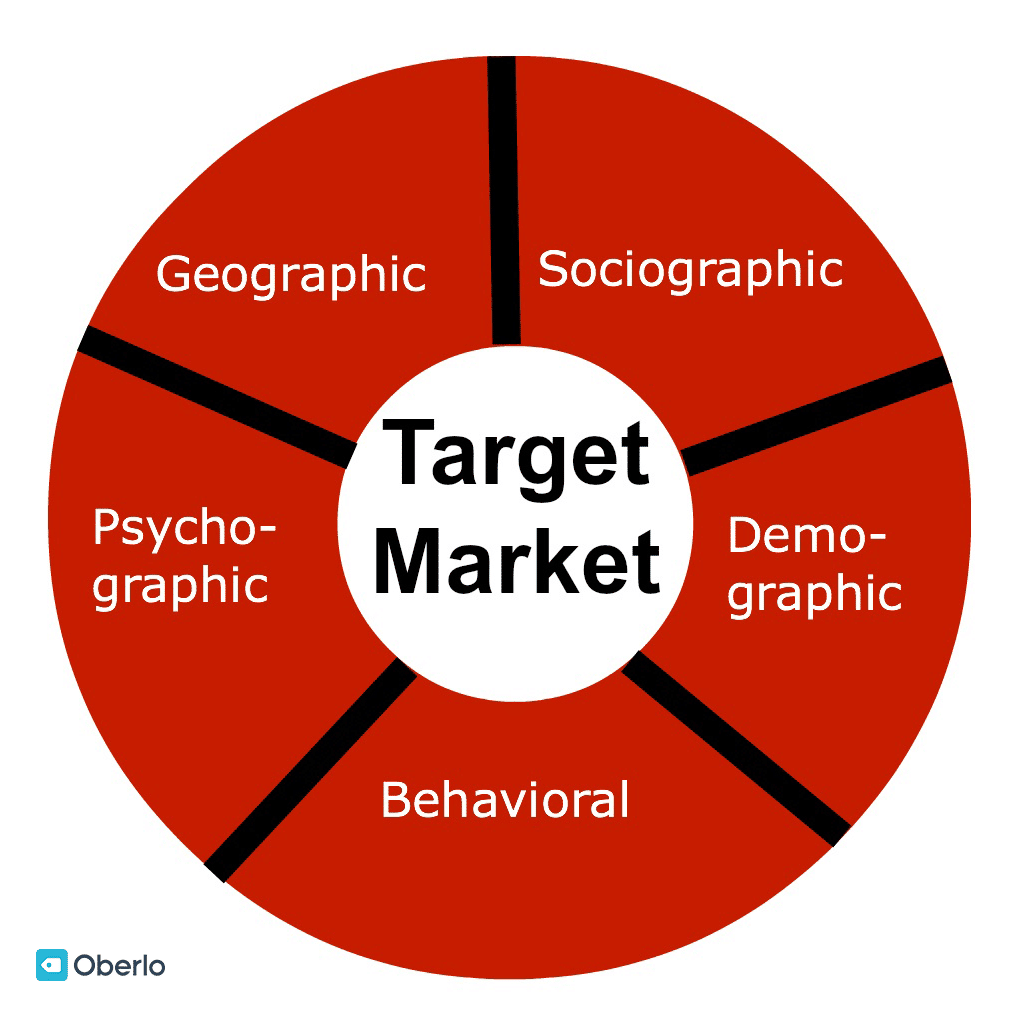
For example, most Instagram users lie in the age group of 18-34 years and are known as GEN Z, who are fascinated by popping visuals and keeping up with trends.
Now, if you’re a brand that sells senior living apartments, then Instagram is probably not the place for you. Facebook, however, has an age group of 26-54, making it more suitable for your brand.
Even if your audience lies in this age group, the whole of Instagram or Facebook is your audience. It just means that a group of them fits your audience, and you need to find, serve, and engage with them.
Study your audience, research them, and then try to understand who you’re targeting. The more specific you are with your target audience, the better results you will see.
Here’s how you can understand your audience:
- Define them in your own words by looking at previous customers
- Define their demographics
- Survey them to understand what they like to read about which platform they use, their buying capacity, whether they prefer text over videos, etc.
- Analyze your competitor
- Carry a market research
Once you’ve understood who your target audience is, it’s best to draft a buyer persona.
A buyer persona is a semi-fictional representation of your ideal customer based on your target audience research.
This is the customer you’re targeting and who is likely to buy from you.
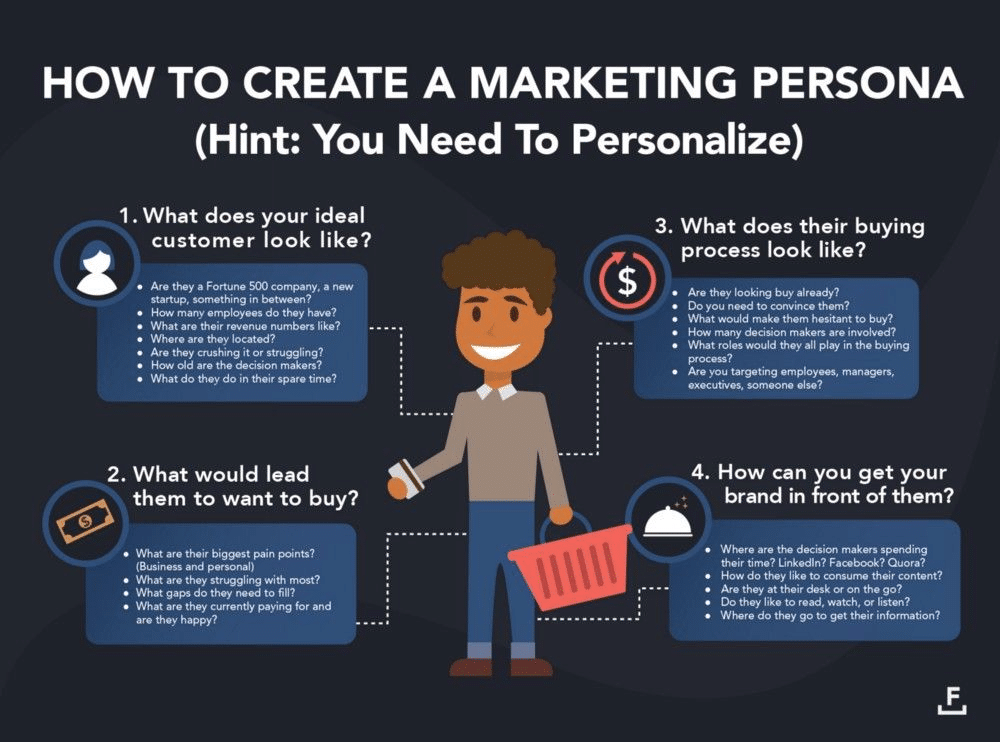
You can take these steps as deciding factors to draft a buyer persona based on your target audience.
Now that you clearly understand your audience and buyer persona, you’ll be able to target and convert more customers, along with doing better marketing on social media.
Many social media dashboards like Sprout Social give audience analytics that helps brands understand their audience and how they should plan their efforts.
This is important because you could have the best social media strategy, but will not get the desired results without understanding your audience.
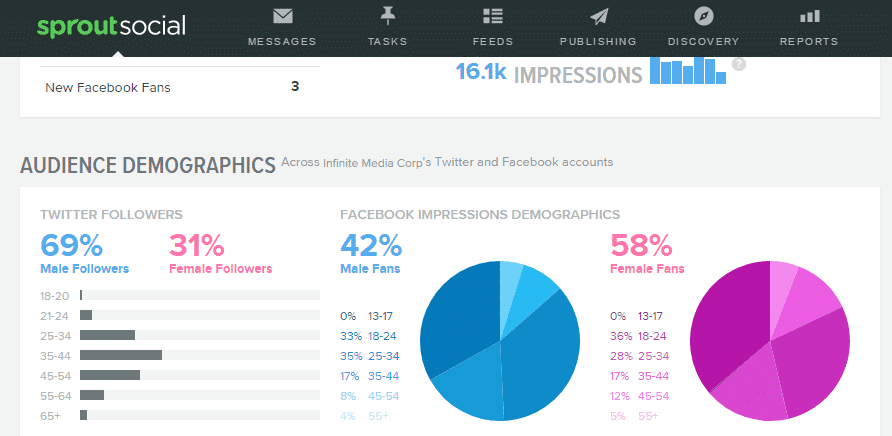
There are thousands of social media platforms out there, but you need to choose the one where your audience is, and from where you can benefit the most owing to usability and popularity.
You can’t be on all social media platforms at once; that would require your entire team to get right on it. Alternatively, you can narrow down your choices and decide what works best for you as a brand.
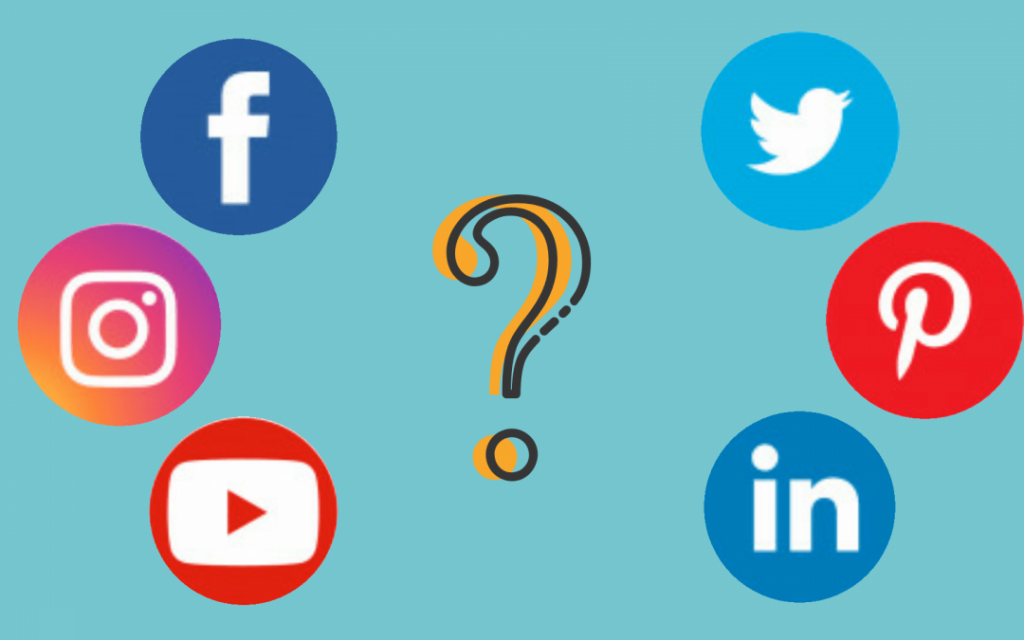
When you’re on all social media platforms, your focus gets diverted, and quality gets compromised.
Since content is the center of social media, putting out quality and relevant content after understanding your audience is crucial.
If you’re pushing out content just for the sake of it, to fill in the gaps and keep the profiles going, then it won’t make a difference.
To make sure that your efforts are justified and yield results, narrowing down your focus on a selective few platforms is a much better option.
This will ensure that you’re creating quality content, communicating with the audience, engaging with them, and tweaking your strategy as and when needed.
Here are some factors you should consider while choosing the right social media platform for your brand:
- Narrow down your goals
- Research which social media platforms your audience uses actively
- Define the type of content you want to put out- audio, video, text, webinars, eBooks, microblogs
Now, combine your goals, audience, and content research with the various social media platforms to see which suits your brand the best.
Since social media is a long-term game, and you need to show up every day consistently, you can slowly grow your presence by expanding your social accounts.
It’s also important to remember that you shouldn’t put all your eggs in one basket, so optimize your efforts, start slow, but keep exploring platforms to see where else you can reach and engage with your audience.
Pro tip: You can conduct a survey, perform research, or analyze your customers to understand these important factors before narrowing your social media options.
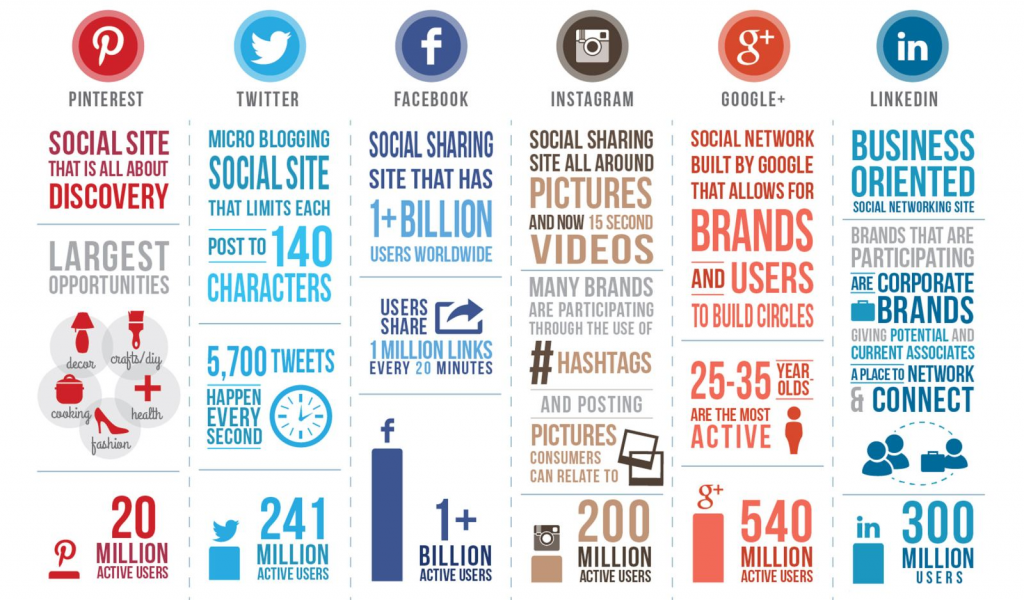
Here is an infographic to help you understand the various social media platforms. You can take this as a basis while deciding the ones suitable for your brand.
4. Not curating user-generated content
Understanding the term, User Generated Content (UGC) is any form of content- text, hashtags, or videos shared and displayed by unpaid contributors or fans about a particular brand or it’s products and services.
These people share a brand’s content without the brand, asking them, making their brand popular among the person’s friends and followers on social media.
With the growing practice, many brands have included UGC as a powerful marketing strategy to drive organic growth and increase sales.

You could post everything about your brand from case studies to blog posts educating the audience. Still, the way your customers will relate to how another customer likes the brand’s products and services is unmatched.
It’s practically word of mouth on steroids since social media is a vast platform, and a single piece of content by a customer can spread the word about your brand like fire.
This makes UGC one of your top social media marketing strategies, and missing out on this would be a considerable loss.
However, the tricky part here is sourcing, collecting, and reposting the right UGC.
But here’s how you can do it:
- Maintain a branded hashtag across your posts and stories. Tell the users to use the hashtag whenever they post about your brand. A branded hashtag may do the trick for you.
- Make a UGC posting strategy and consistency. Plan them while maintaining the aesthetics of your feed.
- Work with influencers and brand ambassadors. This will ensure that your UGC is always high on quality.
- Create a community of your most loyal customers or micro-influencers who can post about your products.
- If you don’t want to fill up your feed with curated UGC, you can repost them on your stories and create a highlight.
If you don’t want to do this manually, you can use a tool like Later to search, find, and curate user-generated content.
Don’t miss out on a great way to brand your products and services, and make customers your hero. When you feature them, they will be delighted and tell their friends, motivating more users to post about your product.
This is because you’re going to feature them, which will increase their reach, given yours as a brand.
So, user-generated content is an excellent way to build customer loyalty, communicate with your audience, and boost your brand’s awareness.

Buffer grew its Instagram page exponentially through user-generated content like this.
5. Not making use of different content formats
While educational posts and carousels work great on social media, you can experiment with numerous other content formats. Social media is a continually evolving platform with new features introduced now and then, and making use of it is what keeps you relevant.

If you use the same content format on your social media all the time, your audience will get bored. You need to introduce an element of change to spruce up things and keep your audience hungry for more.
You can provide value through various means; you need to look for them and combine them with your expertise.
You don’t even have to create a new piece of content every time you experiment with a new content format; you can simply repurpose the old content.
For example- convert your blog into an IGTV or convert your infographic into a carousel.
Let’s see which content formats you can use on your social media channels:
- Videos
Videos are a great way to influence your social media users’ purchasing decisions, a highly effective strategy used by marketers worldwide.
This is because videos establish a one-to-one connection with the audience, easy to digest, and are available to watch any time they want. They’re easy to relate with and can tell your audience about your brand through case studies, testimonials, product demos, or educational content.
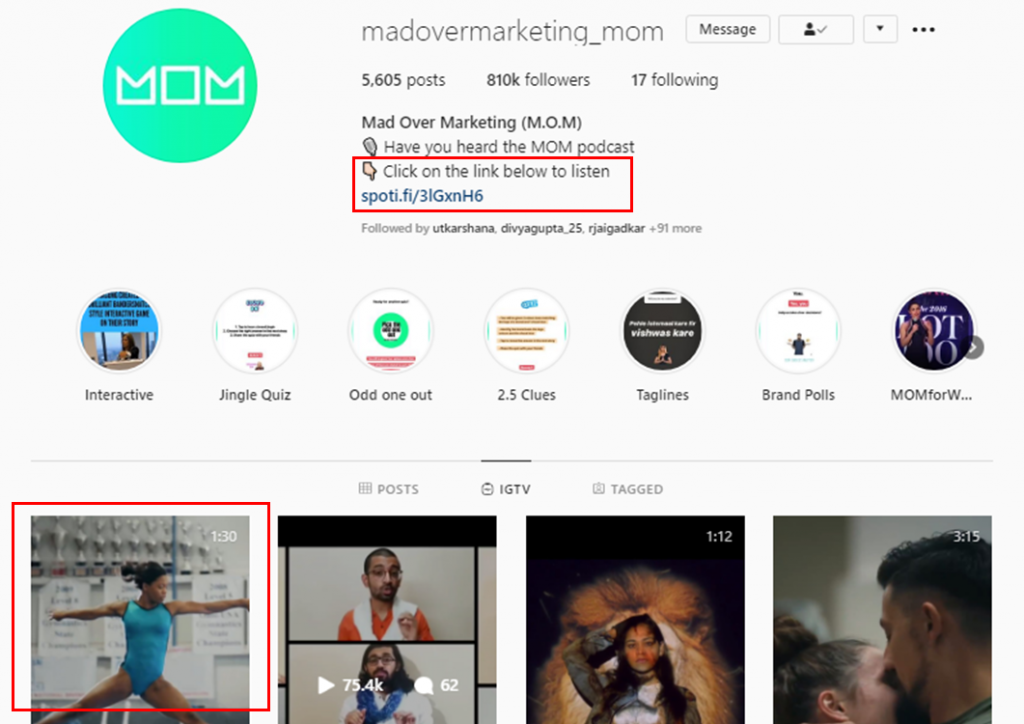
Mad Over marketing (M.O.M), an advertising agency, promotes both video and audio content through their Instagram profile.
- Audio
Social media Examiner says that only 10% of social media marketers use audio on social media, when, in fact, it’s one of the most convenient forms of content consumption.
Users can plug in their earphones and listen to audio content while carrying on with their daily routines.
These may include interviews with experts, podcasts, audiobooks, speeches, and text content converted into audio.

Hippo Video uses podcasts on their websites to attract users. Similarly, you can also add podcasts on your website and share them on your social media channels.
- User-generated content
As we discussed, user-generated content is an excellent way to make your customer feel special and your users to build trust in your brand to convert into customers eventually.
These can be posted in the form of images, stories, reels on Instagram, and one-liner tweets with a shoutout on Twitter.
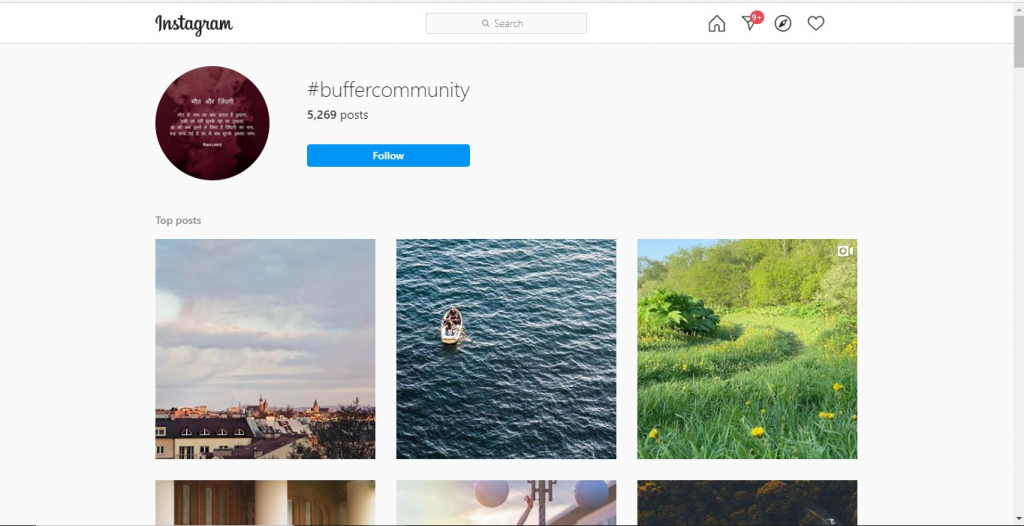
Buffer has used a hashtag on Instagram, #buffercommunity, which displays all its user-generated content.
- Blogs
A great way to drive traffic to your website and provide your audience with valuable information is to promote your blogs on social media.
You can do this by creating a snippet of the original piece to offer a sneak peek and link to your website’s original content.
You can promote them through videos, stories, infographics, polls (this or that, did you know this?).
This will not only provide value to them, boosting your brand image but will also contribute towards increased website traffic, especially if you have a huge follower base on social media.
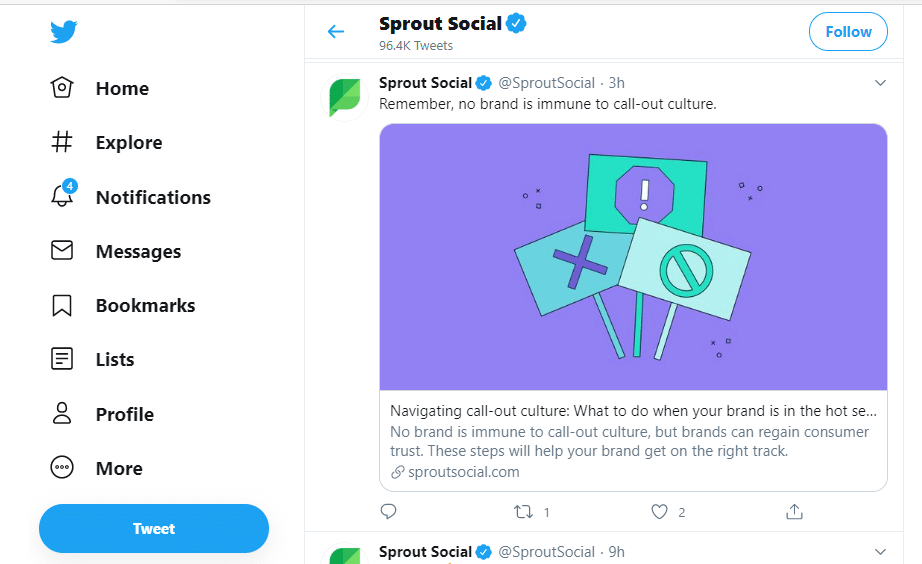
Sprout Social promoting their blogs through Twitter is a great example.
- eBooks and guides
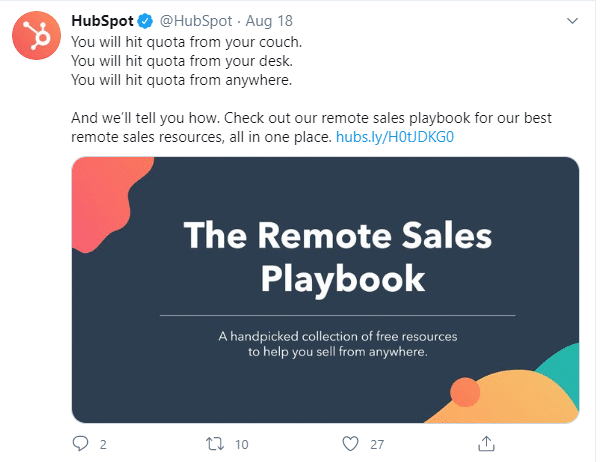
Free resources are a great way to offer something extra to your audience, helping them solve your pain points while acquiring their contact information to build your email list.
You can create an eBook or a guide to solve a particular problem your audience faces and gate it on your website. Promote this through a sneak peek or giveaway.
Check out our ebook – “Winning Sales Strategies” — the ebook for everything you need to know to stand out and win in sales.
This will help your users and your brand by driving traffic to your website and building your email list.
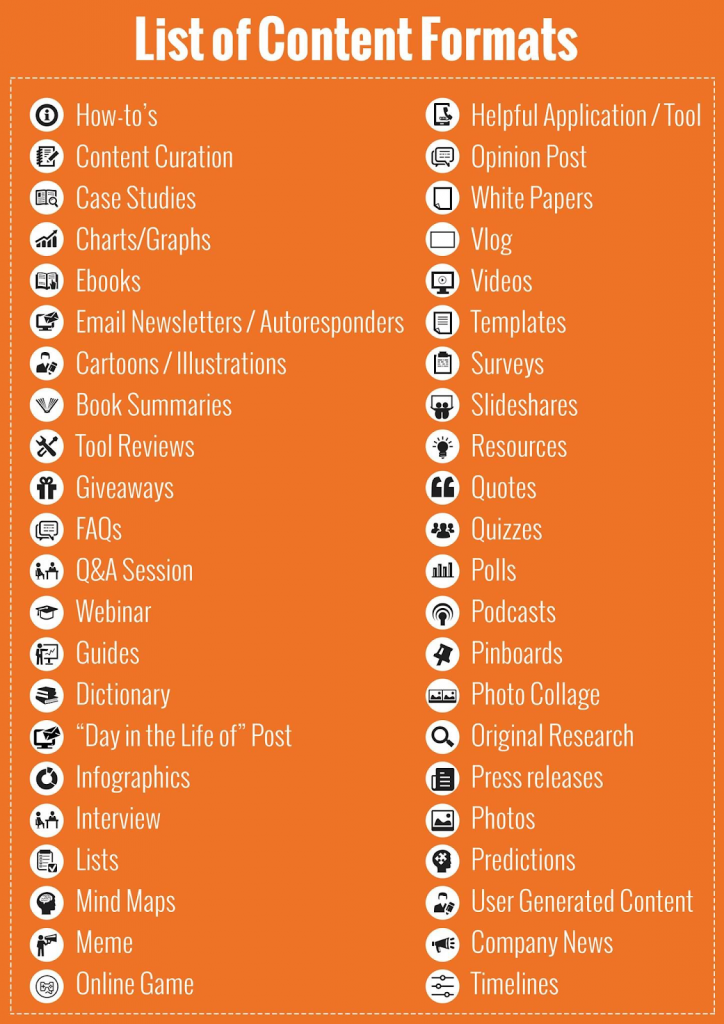
Here is an exhaustive list of content formats for your social media channels.
6. Not engaging with your audience
Brand communication is an integral part of social media marketing, and if you’re not interacting with your audience, you are probably missing out on heaps of engagement and followers.

Merely putting out content is not going to make your social media game flourish. You need to actively be involved with your audience and what they’re doing.
It’s no wonder that brands like Zomato and Netflix are killing their social media game by putting brand communication at the forefront.
They participate in trends, interact with their audience, and listen to their problems.
This builds brand loyalty and trust, which is fruitful in the long run because when it comes to purchasing or investment, they won’t turn to your competitors if you have an actively engaging relationship with them.
Here’s how you can engage with your audience:
- Reply to their messages, comments, and tweets. There’s nothing more special than a brand that cares about their customer’s problems and opinions. Listen to them and serve their interests.
- Host polls, quizzes, and giveaways. This will increase brand awareness and motivate your audience to participate.
- Participate in trends your audience cares about to start a conversation
- Ask them through stories and polls if your content is relevant and suggestions for the content they would like to see on your feed.
- Use engaging CTAs in your posts like ‘Tell us about a similar experience, tag a friend, what is your favorite among XYZ.
Community building is an essential part of a brand, and on social media, you can turn this vision into reality by engaging with your audience and listening to them.
Within some time, you will have a band of loyal followers, and the audience turned customers.
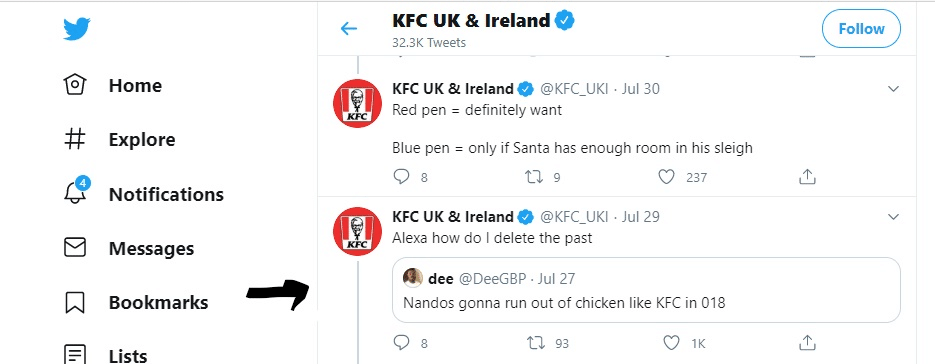
KFC UK has been doing a great job of engaging with their audience on Twitter.
7. Buying followers
Buying followers is against social media guidelines because that just takes away these platforms’ essence and authenticity.
But for brands and individuals trying to grow on social media, and failing to garner enough followers, this option becomes a tempting bait.
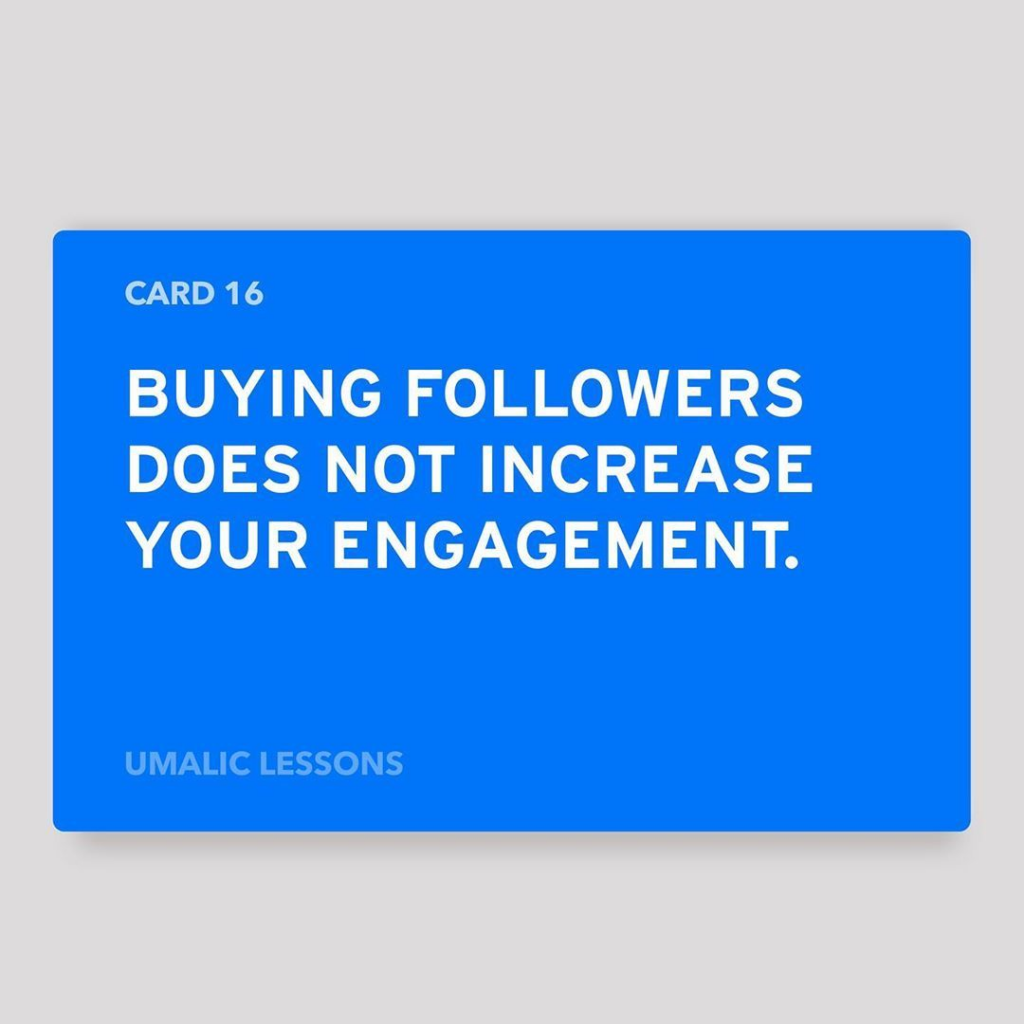
When you buy these followers, you don’t have people relevant to your target audience.
They randomly increase your follower count, irrespective of whether they are interested in your brand or content.
How does this impact your profile?
Let’s understand this with an example.
Let’s say you have 1000 organic followers interested in your content and follow you to keep up with your posts. Whenever they see your posts and find it insightful, they like, comment or share.
Now, you buy 2000 more followers. Your follower count goes up, but people engaging with your content still stands with your 1000 organic followers.
This is because the additional paid followers are random people who may or may not be interested in your content. It reduces your engagement level and goes against the community guidelines of these platforms.
As a result, your organic reach dwindles, hurting your profile.

Something like this happens when you buy followers, half of them won’t have any posts or followers on the profile, making them fake profiles and easy for anyone to recognize.
Don’t chase followers; serve your target audience. Even if you have a significant follower base, they will never convert if they don’t fall into your target audience.
And what metrics matter the most for a business, followers, or conversions?
Probably the latter, and conversions come from loyal followers. So, invest your time in understanding and listening to them to provide valuable content.
At the same time, engage with them and build your community.
Money can’t buy relationships; you need to build them.
And isn’t relationship building and loyalty one of the prime factors for a brand?
Invest your time in that.
8. Not tracking analytics
If you don’t track the analytics for your social media efforts, you will never know how to increase its impact and take a step closer to achieving your brand goals.
Like any other marketing strategy, social media also needs analysis to see what works and tweak the strategy for better results.
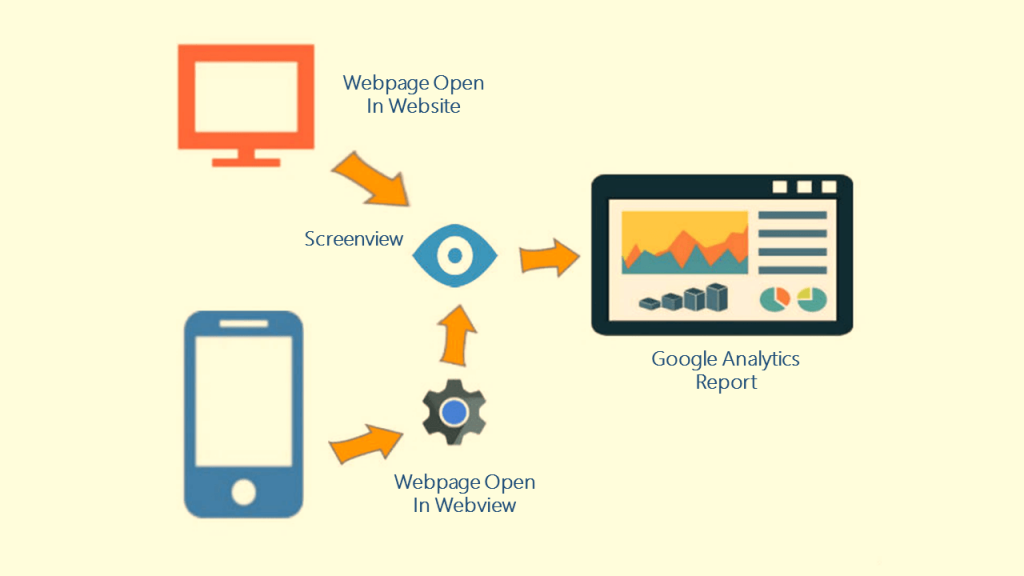
Without tracking, you will be blindly following a strategy that may or may not yield results. This is far more dangerous to your brand than you think.
Here are some things you should analyze:
- Which platforms worked best for your brand
- Which platform has the potential to improve
- What kind of posts did your audience like best
- How many customers did you convert
- How much traffic did you drive to your website
- Were the results better or worse than the previous analysis
- What do client interactions tell you about your social media performance
- Did any of your engagement campaigns perform better than the other
You can derive these elements through the platform’s built-in analytics, Google Analytics, or social media tools like Hootsuite and Buffer.
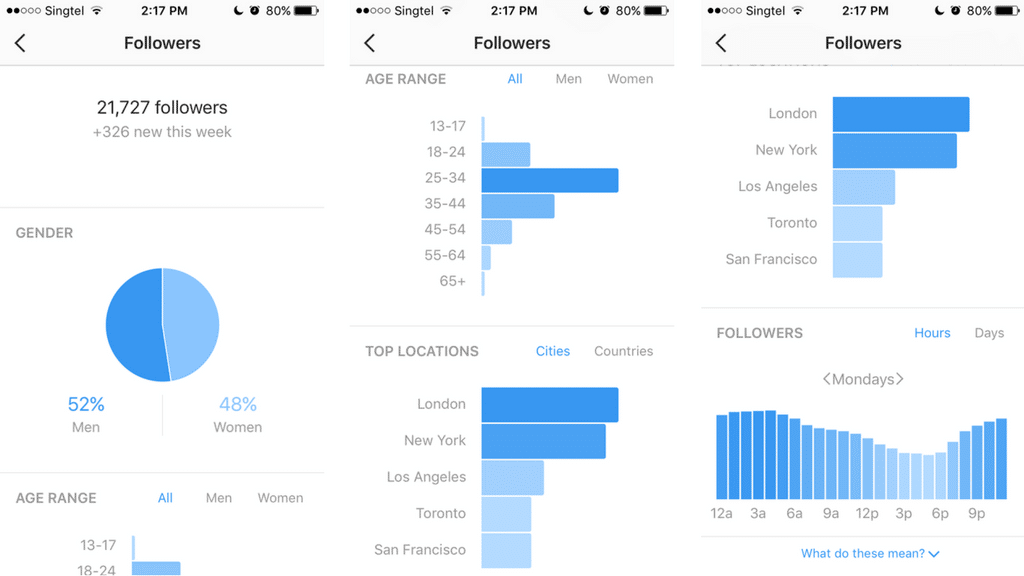

This analysis will help you understand how you can improve your strategy and make your social media game even more powerful.
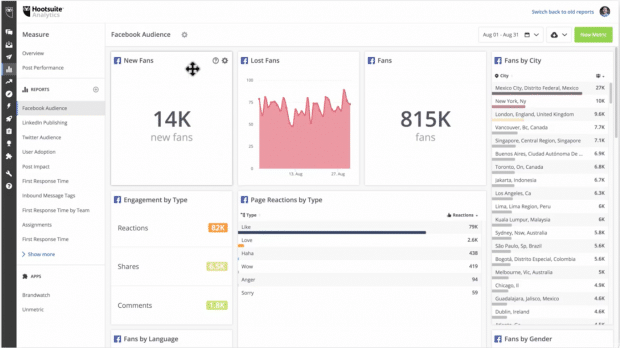
Wrapping it up
Social media is a long term game, and if you’re doing social media marketing, you must avoid these mistakes.
Being consistent and analyzing your efforts along the way and not just towards the end keeps things smooth and reduces the risk of anything going wrong.

As a brand, your reputation matters a lot. The key is to keep experimenting and be creative in your approach.
So, it’s always better to keep things planned and maintain expectation clarities with your social media team. You can also use team communication tools to keep the process smooth.
Better be safe than sorry!
At last, you can use these mistakes as a ‘must not’ checklist to ensure that you prioritize the right things and spend your resources wisely.
Nevertheless, social media is a goldmine for brands to grow and engage with their audience.
Numerous successful brands attribute their success to social media as a compelling platform.
Its power is right in front of you, but how you choose to leverage it lies in your hands.
Draft a suitable social media marketing strategy for your brand, plan, and implement it to analyze the efforts.
Maintain consistency as you go while being authentic to your brand, and see your efforts skyrocket.
All the best!
** Guest Post**
Dhruv Maheswari – Content Marketer
Dhruv is a Content Marketer. He likes reading up on the latest digital marketing and social media trends. When not sleuthing for tips, he is chiseling his fitness-goals and traveling around the world.

